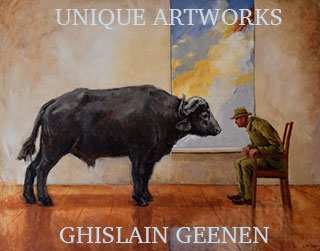By the time a copy of Britain's oldest weekly sporting magazine, Shooting Times first landed on the breakfast tables of the shooting gentry, 140 years ago, much of the attire worn in the field would be reasonably familiar to us today. Some traditionalists may even be seen clad in very similar garb.
By the 1870s, the ‘shooting coat and knickerbockers’ had become a familiar look to sportsmen. The coats were high-buttoned, with two front pockets and a breast pocket. Some had a cap pocket in the waist seam. All pockets were flapped to keep out water and debris.
A leather patch on the right shoulder was provided to prevent the material from wearing where the gun was mounted. The jacket was cut long and the knickerbockers equated to what we would consider a ‘plus two’.
In the absence of wellington boots, stout shoes or boots were worn, with leather or canvas gaiters, buttoned to the knee, protecting socks and legs from mud, thorns and the like. During the mid-Victorian period a hat similar to a bowler was popular (then called a Coke hat after Lord Coke; Lock & Co. still make them) and shirt and tie was absolutely required.
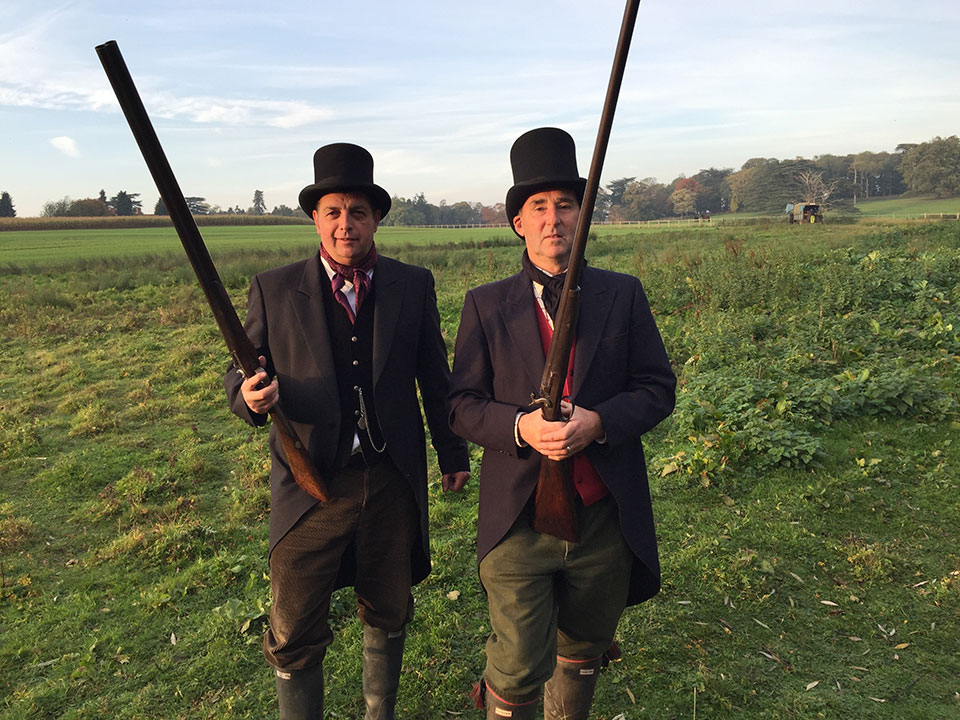
Soft, trilby style hats became increasingly popular during the 1880s and flat caps rose from working class attire to outdoor sporting staples, adopted by all levels of society, by the 1920s. The current Lock & Co. ‘Rambler’ is perhaps the closest thing we have to this style today. The company, trading from the same shop since 1765, has provided hats for the sporting gentry since flintlocks were in fashion.
It was in the 1880s that the Norfolk jacket began to gain widespread popularity. The Norfolk is a very practical and stylish tweed garment, with a Prussian collar, belted waist and pleated skirts. It keeps out the weather and allows arm movement, while presenting a tailored, formal look, which can still be seen today. The Harris Tweed Shop is just one place where a traditional example can still be bought, Harris Tweed having been the choice of the serious outdoor sports enthusiast since gaining popularity in the 1850s.
Looking over the wares of Britain’s outfitters today, we can see sartorial benchmarks everywhere which first established themselves as shooting garments.
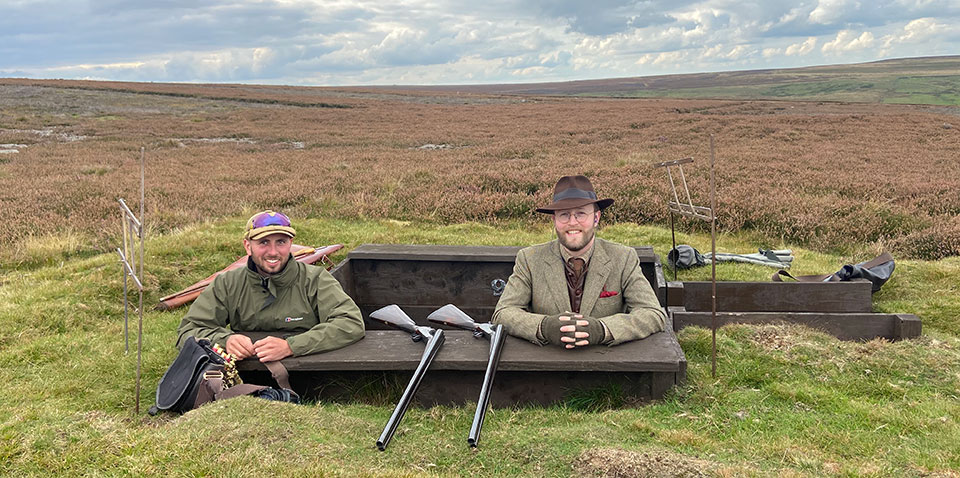
The MacIntosh
A long overcoat was a common sight in the shooting field until well into the twentieth century, often worn between drives in inclement weather. also popular was a cloak of sorts which could be put on over a shooting jacket to provide protection from wind and rain when not shooting.
A lightweight, rain-proof version of the long overcoat became a popular wet weather shooting garment. We might recognise this today as a McIntosh or a classic Burberry trench coat in style.
Burberry, by the way, was once very much a provider of clothing for outdoor sports like golf, fishing and shooting. They pioneered the ‘patent pivot sleeve’ for shooting jackets, the original ‘action back’ style still preferred by serious Shots.
From this waterproof fabric, stemmed the, once ubiquitous, Barbour thornproof waxed cotton jacket. Seen on every shoot in the land until the late the 1980s, the original, stiff, oily fabric has been superceded in modern Barbours by more user-friendley finishes. The original was cold, stiff and prone to shrinkage when wet. Still popular as a fashion brand, Barbours are less common on shoots today, though there is a thriving vintage market for old, restored examples.
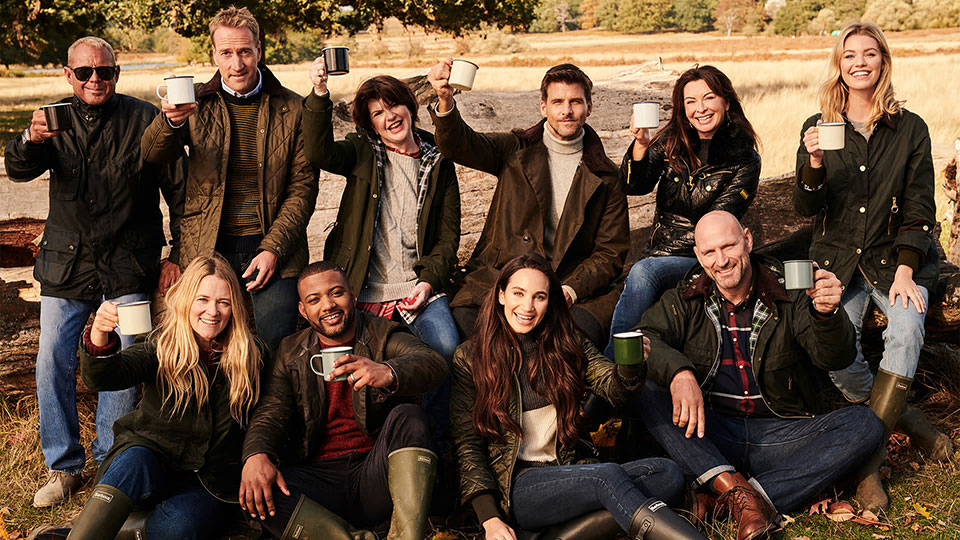
The Safari Jacket
Equatorial escapades provided Victorians with ample opportunities with rifle in hand. For exertion in the tropical heat, rather than for keeping out a British winter, a new style of clothing soon developed; the safari suit.
By 1860 the safari jacket was already roughly as we know it today; khaki, made from tough cotton and cut fairly close fitting, with plenty of pockets. The Marlborough Coat by Grenfell is perhaps the most faithful to the original style we have today.
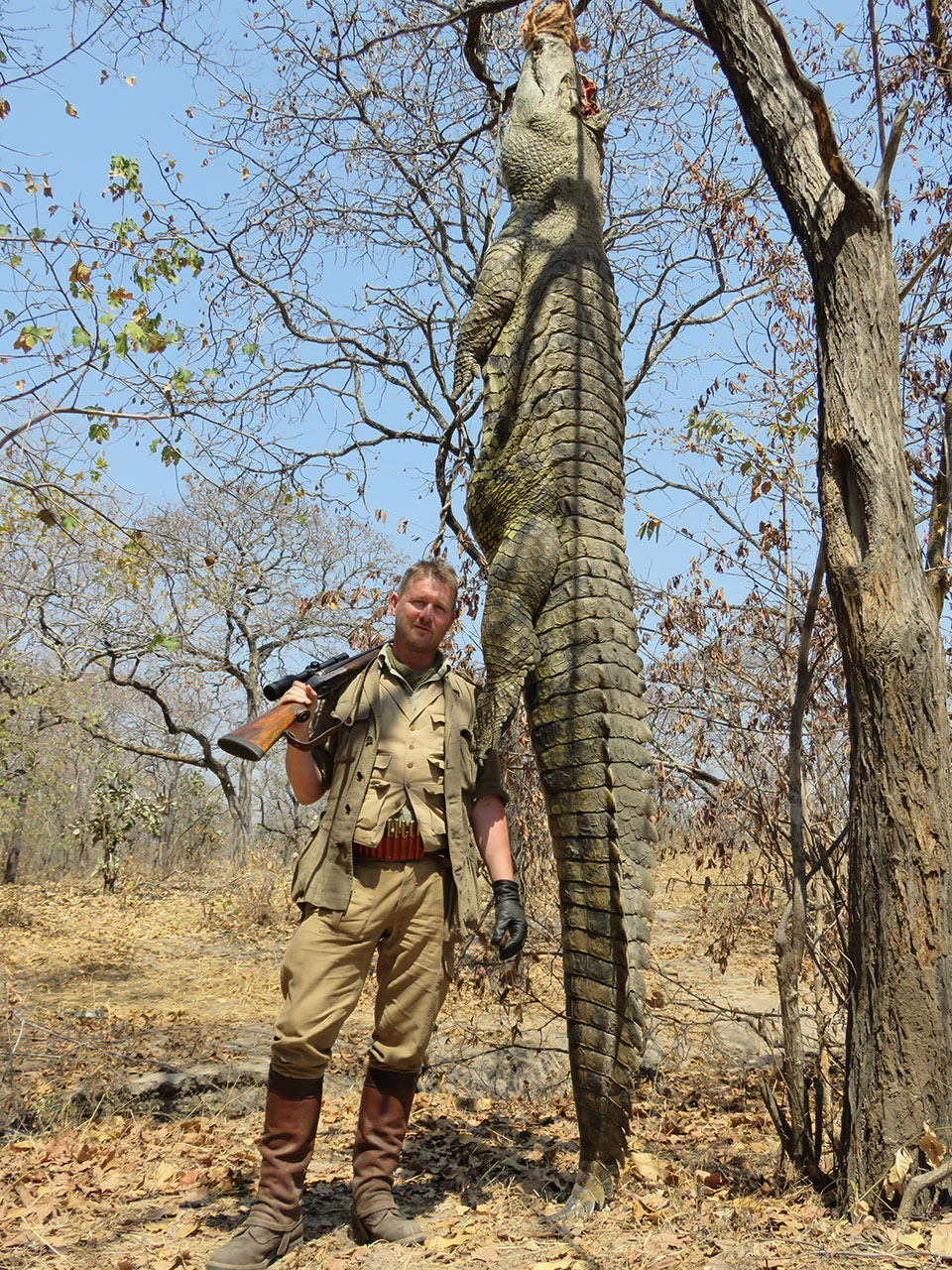
Colonial outfits for hunting were first inspired by military jackets and the modern safari style was further cemented when Ernest Hemingway designed one for American outfitter Willis & Geiger, in 1936, a close copy of which is still available from the now resurrected company. Here in England, the Westley Richards ‘Selous Safari Jacket’ is probably the closest in style and build quality.
Illustrations from the 1870s, 1920s and 1940s show jackets cut a little looser than today, with plenty of pockets and a belted waist.
While the pith helmet is decidedly out of fashion, the modern safari style is very much as it was a century ago.
The Stalking Smock
Modern stalkers’ smocks like those popularised by Ridgeline, Swazi and Fortis have their origins in traditional Scottish deer stalking garments. a long smock, cut around knee length or just above, with over-stitched seams, designed to keep wind and rain out would have been immediately familiar to Victorian ghillies and stalkers in the 1880s.
Made roomy to allow for movement, with a hood and large patch pockets, these tweed coats were the direct fore-runners of today’s best sellers. The most obvious changes have been material, with far greater levels of water proofing and reduction in weight.
The Swazi Tahr XP represents the really modern version of the traditional highland stalking smock. For a more traditional look, with modern performance, try the Laksen CTX waterproof tweed smock, from William Powell is very close to the original Victorian stlye with some modern fastenings and water-resisting improvements.
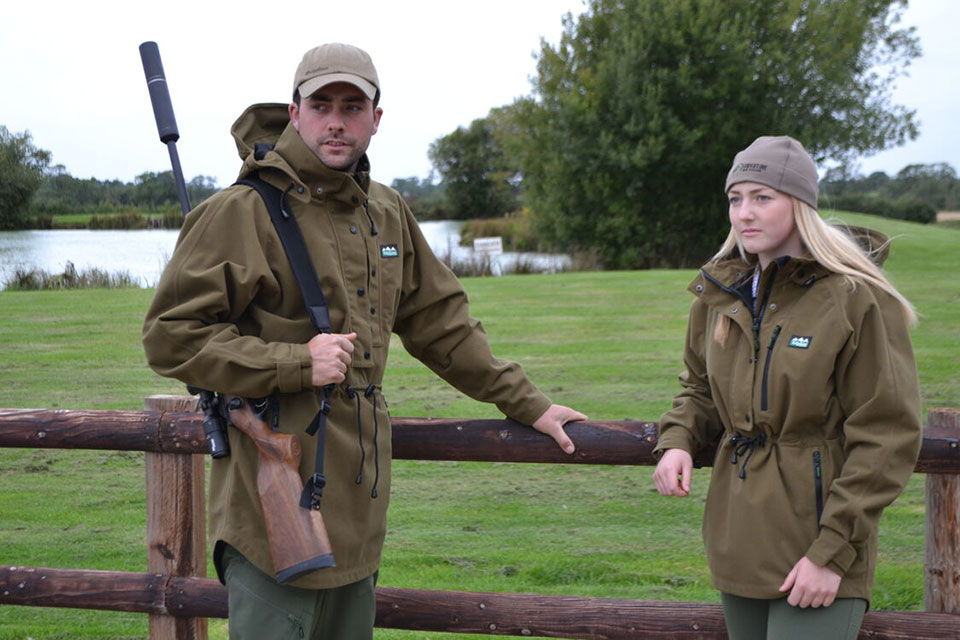
Breeks and Jackets
The reason for dispensing with long trousers and adopting the ‘Victorain rent boy’ look as A.A Gill memorably once called it, in the field is entirely practical. Footwear was invariably stout leather boots or shoes, rather than today’s ubiquitous Wellington boots,. Wet grass would quickly saturate normal trouser legs and create an infuriating and uncomfortably cold and soggy flapping around of wet tweed below the knee.
Close-knit woollen socks, fastened with garters just below the knee avoid this discomfort. Teamed with a canvas or leather gaiter to prevent seeds, twigs or stones falling into the boot or shoe complete the protective ensemble.
The full cut of old-fashioned plus twos and plus fours ensure that rain runs down the cloth and drips off the overhang, rather than clinging to the legs and gathering in the boots. Tighter fitting breeks are perhaps more common today on the Guns in a line but hill ‘keepers’ tweeds are still often made the old way.
Jackets with ‘action backs’ as pioneered by Burberry (once a very field-sports orientated brand) are essential for comfortable shooting.
Massy-Birch will provide made-to measure plus fours, plus twos and breeks. They will even copy a vintage favourite and re-make it in your size, and choice of tweed. Their update on the traditional smart shooting jacket looks impeccable yet allows a full range of movement.
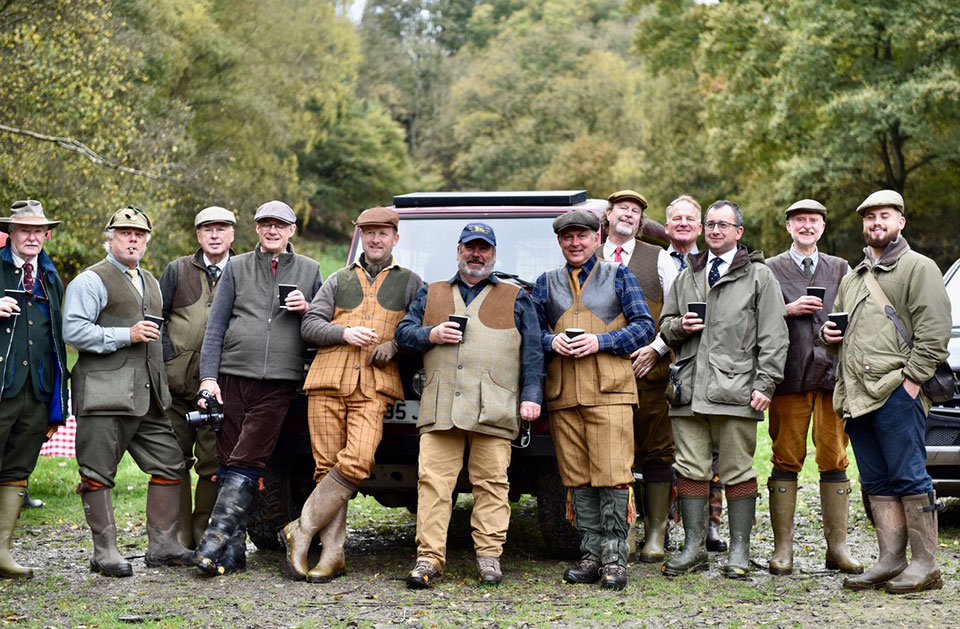
Exploring the traditions and developments of shooting attire, one is struck by how much the late Victorians got right. Traditional materials like leather, tweed and wool still feature in our world a hundred and fifty years later. The techniques for making, cutting and stitching these fabrics into long-lived, comfortable, practical, shooting wear remain as valid as ever.
The introduction of new materials and the scientific study of the importance of active wear that ‘breathes’ in order to maintain a feeling of comfort, warmth and dryness during outdoor activity has only served to re-affirm the qualities that our great, great grandfathers and their tailors knew very well.
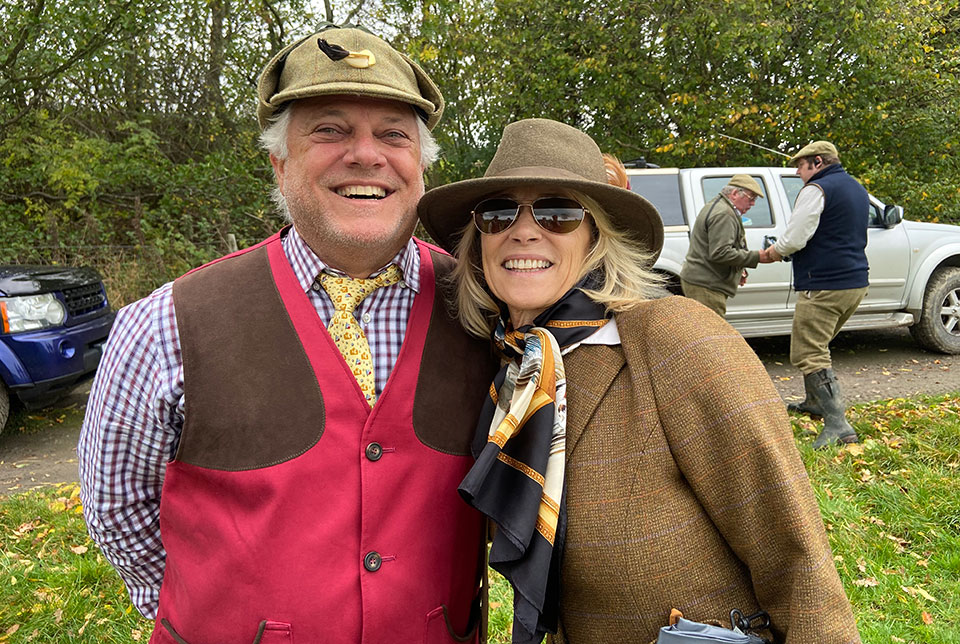
What they needed and appreciated then is what we need and appreciate now. So, whatever your preference, your own shooting attire is closer than you might think to that of past generations.
Once neglected, today, even shooting ladies are better catered for than at any time in the last seventy years, with well-cut, feminine, yet highly-practical and hard wearing shooting clothes available from the likes of Purdey, Westley Richards and Cordings and popularised by the ever stylish Rachel Carrie, who almost single handedly wiped away the old frumpy image of shooting and made it accessible and attractive to a new generation. What would 1880s Shooting Times readers have made of that?
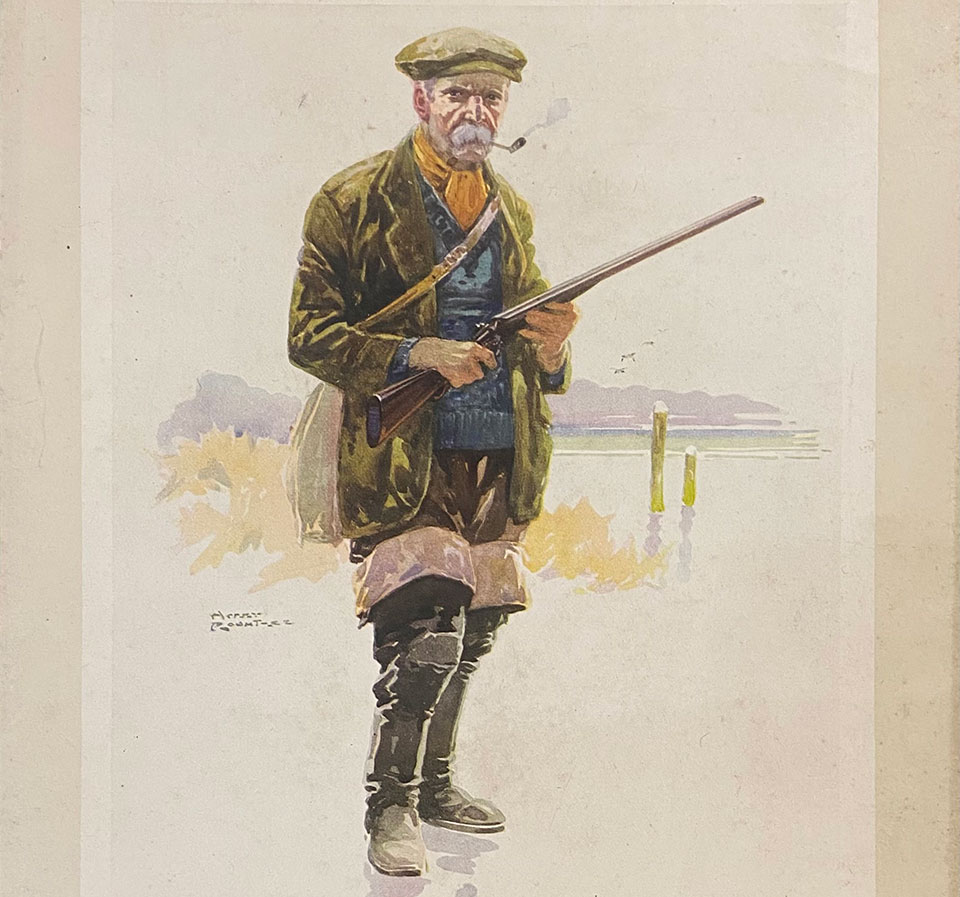
Published by Vintage Guns Ltd on (modified )
